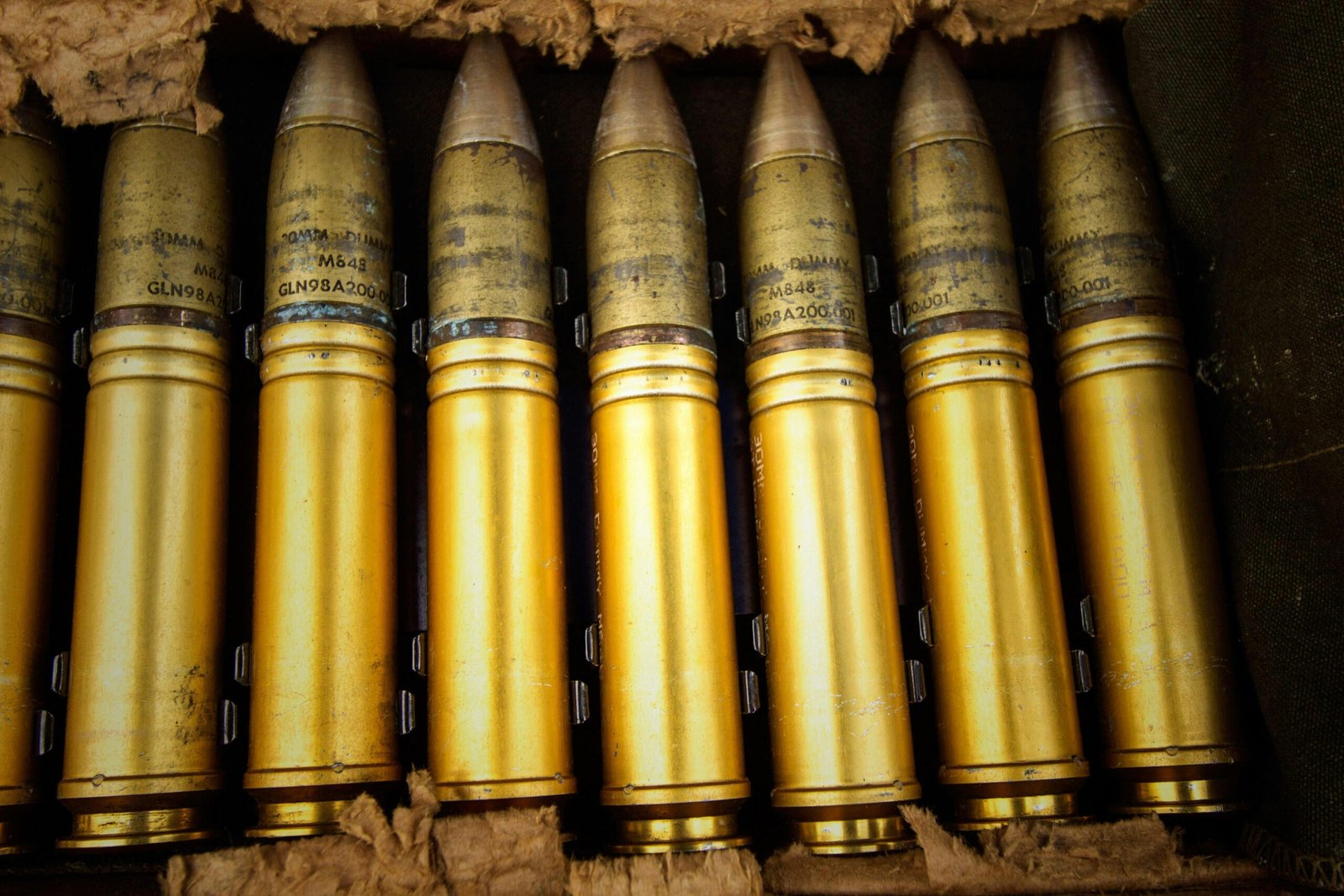
How Far Can a Centerfire Bullet Travel? Unpacking the Science
Many people ask, “how far can a centerfire bullet travel?” The answer, however, isn’t a single number. In fact, a bullet’s maximum range depends on a complex mix of factors. This guide will break down the science in simple terms to give you a clear understanding.
Key Factors That Determine a Bullet’s Maximum Range
A bullet’s journey is not just a straight line. Consequently, several forces and variables determine its final stopping point. Understanding these elements is crucial for appreciating its potential distance.
- Caliber and Bullet Design: First, the bullet’s weight and shape play a huge role. Heavier, more aerodynamic bullets cut through the air more efficiently. Therefore, they maintain their speed for longer and travel farther.
- Muzzle Velocity: This is the speed at which the bullet leaves the barrel. A higher muzzle velocity gives the bullet more initial energy. As a result, it has the power to cover a greater distance before gravity pulls it to the ground.
- Angle of Fire: The angle of the barrel is also critical. While you might think 45 degrees is optimal, it’s actually closer to 30-35 degrees for most bullets. This is because air resistance has a significant effect over long distances.
- Environmental Conditions: Finally, the environment matters. For instance, wind can push a bullet off course. Thinner air at high altitudes creates less drag, allowing a bullet to travel farther than at sea level.
Maximum Range vs. Effective Range: A Crucial Distinction
It’s important to know the difference between two key terms. These terms are “maximum range” and “effective range.” They are often confused, but they mean very different things.
Maximum Range is the absolute farthest distance a bullet can physically travel before it hits the ground. This is the number people usually think of when asking about bullet travel distance. However, at this range, the bullet is completely inaccurate and has lost most of its energy.
Effective Range, on the other hand, is the maximum distance at which a shooter can reasonably expect to hit a target. Furthermore, it’s the range where the bullet still has enough energy to perform its intended function, whether for hunting or target shooting.
So, How Far Can a Centerfire Bullet Travel in Reality?
Now for the big question. Given the factors above, here are some realistic maximum range estimates for common centerfire cartridges under ideal conditions. Remember, these are not effective ranges.
.223 Remington
This popular cartridge, often used in AR-15 platforms, can send a bullet a surprisingly long way. Its maximum range is typically between 2 and 3 miles (3.2 to 4.8 km).
.308 Winchester
A common hunting and long-range shooting round, the .308 Winchester packs more power. Consequently, its bullet can travel much farther. You can expect a maximum range of around 3 to 5 miles (4.8 to 8 km).
.50 BMG (Browning Machine Gun)
This is one of the most powerful cartridges available to civilians. Due to its immense size and velocity, a .50 BMG bullet can travel an incredible distance. Its maximum range can exceed 5 miles (8 km).
Safety is Paramount: Understanding Bullet Travel Hazards
Because a centerfire bullet can travel for miles, safety is the most important consideration. A stray bullet can remain lethal long after it has passed its effective range. This is why a fundamental rule of firearm safety is to always know your target and what lies beyond it.
A hill or a proper backstop is essential to ensure your bullet stops safely. Never shoot into the air or at a target without a safe background. The potential for a bullet to travel for miles underscores this critical responsibility.